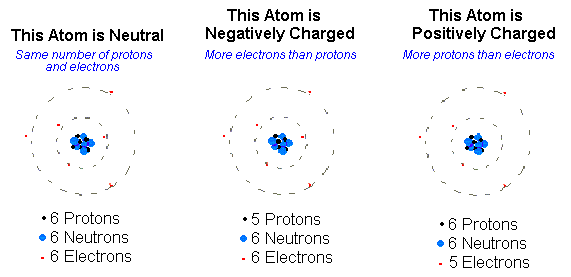I think understanding electrics is the hardest part of diy mechanics so a thread on basic electrical theory might be useful for people

To get a good understanding of the basic theory I’d recommend reading chapter one of this site
https://www.allaboutcircuits.com/textbook/direct-current/Here’s my quick explanation of Voltage, Current and Resistance. To understand electrics you have to look at the atom. Atoms have positively charged protons at their centre in the nucleus and negatively charged electrons orbiting around the outside of the nucleus. This is shown below in an atom of Copper

The Protons are held in the nucleus with a lot of force. The electrons orbit around the outside of the nucleus and are held with far less force. This means that electrons can move from one atom to another atom. Since the electron has a negative charge the atom that loses the electron becomes relatively more positively charged and the atom that gains the electron becomes more negatively charged.

In nature atoms want to be in a Neutral state meaning that they want to have an equal number of positive protons and negative electrons. Because of this when one atom is positively charged from losing an electron and the other atom is negatively charged from gaining an electron a force is created between the two atoms that attracts the atoms together. This “pushing” force is called Voltage. So Voltage is a force that is caused by a difference in electrical charge between two points and it’s caused by one point being more negatively charged and the other point being more positively charged. A battery creates this difference in charge through a chemical reaction. The negative side of the battery has an excess of negative electrons and the positive side of the battery has a lack of electrons so a Voltage “pushing force” is created between the two points.
When a conductor is applied between the positive and negative points of the battery a Current flows. Current is the continuous, uniform flow of electrons through a conductor caused by a Voltage “pushing” electrons from the negative side to the positive side.
A conductor is a material that allows electricity through it easily. Conductors allow electricity to flow easily because they have a single electron in the most outer orbit of their atom that they lose easily, called a free electron. Here is a short video on copper that explains how conductors work
Resistance is opposition to the flow of current. Resistance is caused by collisions between the electrons and the atoms. Higher resistance means more collisions. Collisions cause the atoms to gain energy and vibrate this energy is given off in the form of heat energy. In some materials no electrons are free to move so no current flows these are insulators.
This is an excellent video that explains everything that I typed. Definitely watch it
I'm a newb to electrics but I think what I wrote is correct and might be useful to other newbs. I'll do another post on basic circuits and Voltage drop. Then on reading wiring diagrams and how the electrical components on a bike work. Once you get your head around the basics the rest becomes clear.
